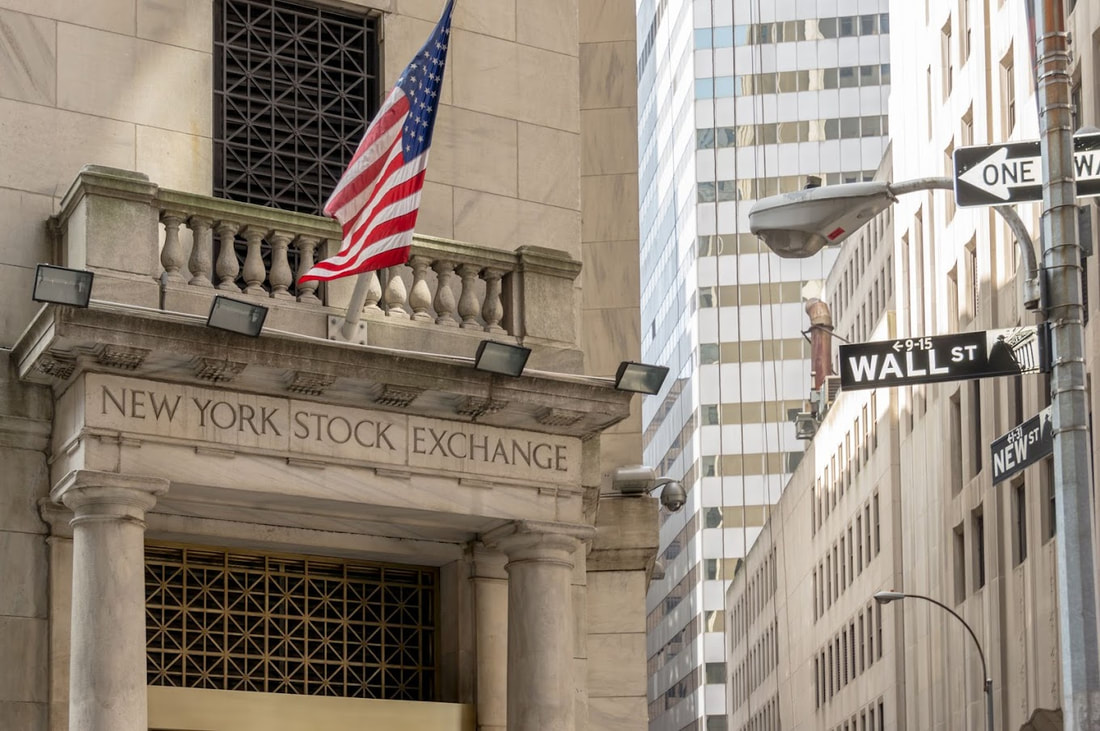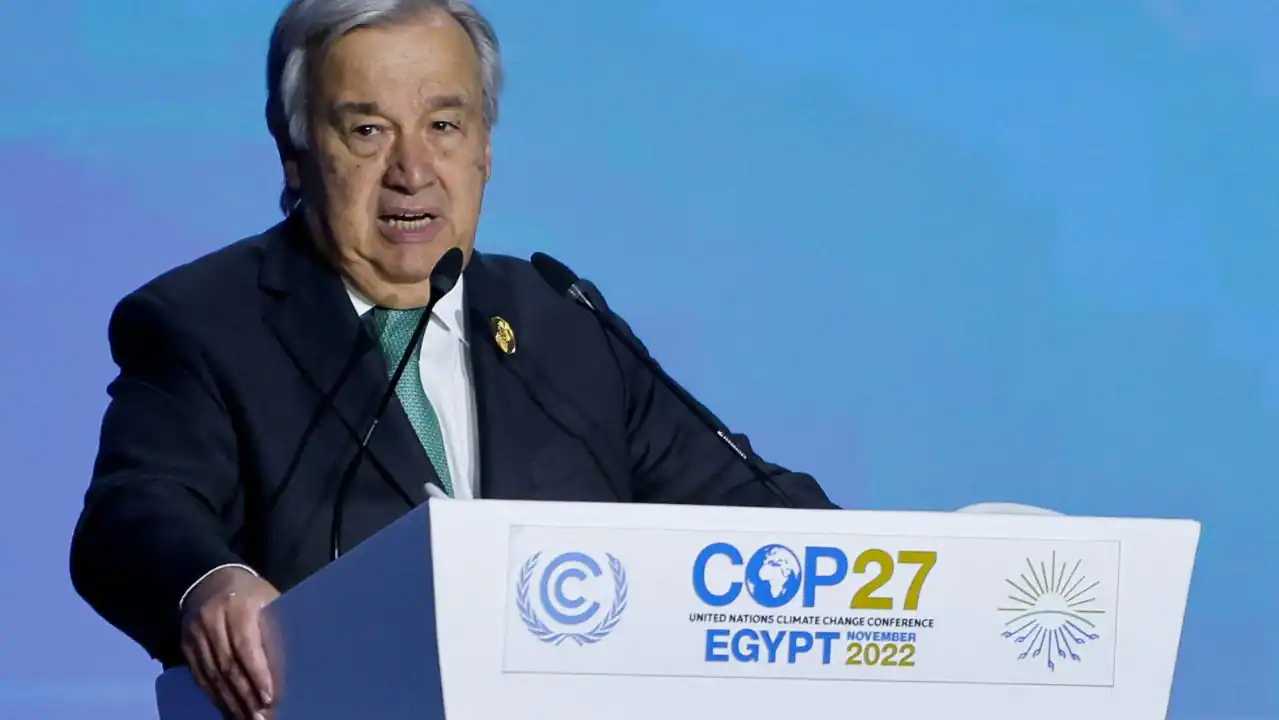|
Regulatars are circling on climate change and ESG: are you ready? Peter Forrester November 29, 2022 Securities Regulators are developing standards for ESG disclosures while enforcing misleading disclosures Investors continue to ramp up pressure on businesses to disclose the risks they face related to climate change. It is increasingly important to investors that they understand how businesses are financially impacted in the long term by climate change risks. The companies that make disclosures substantiating their understanding of climate risks and opportunities signal that they are addressing them, and will ultimately continue to have access to investors’ capital. There are, however, two major challenges facing both investors and businesses related to the disclosure of climate risks. Firstly, disclosure standards are largely voluntary and based on developing frameworks, none of which are definitive. Regulators are in the midst of developing mandatory standards, but largely they are not in place yet today. Investors want credible, comparable, complete, consistent and regulator reporting on climate risks, but to date the frameworks and regulations have yet to provide sufficient consensus guidance on these elements. Secondly, to meet the demand for goods and services from business that are addressing climate change risks, businesses are keen to flex their green muscles. They are disclosing what they have determined, based in part on the developing frameworks and regulations, to be the positive ESG benefits of their offerings. Herein lies the problem. Without definitive disclosure standards, companies are left to their own devices in describing their ESG performance. In particular, they can get themselves in trouble by marketing goods and services which they think have positive ESG benefits, when it just ain’t so. Where this marketing disclosure is relied upon by investors, regulators are increasingly investigating the accuracy of the positive assertions. As we see from last week’s enforcement action by the U.S. Securities and Exchange Commission (SEC) charging Goldman Sachs Asset Management L.P. (GSAM) for failing to implement and follow policies and procedures for funds marketed as Environmental, Social and Governance (ESG) investments, companies need to carefully evaluate their ESG-related disclosures. What are the current requirements to disclose climate-related risks? Currently, in both Canada and the United States, publicly listed companies are required to publicly disclose material facts and changes that can reasonably be expected to impact the value of the company’s stock (i.e., is material to investors). In essence, each company determines what climate-related risks, or ESG matters, it deems material and wishes to disclose. This disclosure has been augmented by reporting these risks through voluntary standards and frameworks like SASB, GRI, or TCFD. Despite these frameworks being voluntary, investors have increasingly been utilizing these frameworks to evaluate the risk and return of a particular company in its investment decisions. Proposed regulatory requirements In March of this year, the SEC introduced the “Issuer Rule,” which proposes that public companies provide certain climate-related financial data and information related to greenhouse gas (GHG) emissions in their public disclosure filings. The SEC followed up in May 2022 with the additional “Investor Rule” proposing to require investment funds claiming to be focused on ESG to disclose more details about what these ESG strategies are in their public filings, including prospectuses and annual reports. While not in force, the expectation is that the Investor Rule will be finalized by the end of 2022, and come into force in the following year or so. With the Issuer Rule, public companies in the U.S. will no longer have to make the materiality assessment as it relates to certain climate-related and ESG risks – disclosure will be required. Specifically, public companies will have to report climate-related risks totaling 1% or higher of a total line item in a relevant year’s financial statements. There will no doubt be further Canadian and global rules that will follow suit. We have already seen the Canadian Securities Administrators and the Office of the Superintendent of Financial Institutions introduce similar, albeit less stringent, proposals. What will attract ESG-related enforcement? The GSAM case is a good illustration of what will attract enforcement. GSAM marketed two mutual funds and a separately managed account based on certain ESG attributes. Initially, it did so without having sound governance (policies or procedures) in place relating to how it was conducting its research and selecting securities for inclusion into these investments. When it did put the policies and procedures in place, it at times failed to follow its own policies and procedures. The representative for the SEC, Deputy Director of the SEC’s Division of Enforcement and head of its Climate and ESG Task Force gave a good summary of what is required to avoid enforcement: “In response to investor demand, advisors like Goldman Sachs Asset Management are increasingly branding and marketing their funds and strategies as ‘ESG.’ When they do, they must establish reasonable policies and procedures governing how the ESG factors will be evaluated as part of the investment process, and then follow those policies and procedures, to avoid providing investors with information about these products that differs from their practices.” SEC press release, “SEC Charges Goldman Sachs Asset Management for Failing to Follow its Policies and Procedures Involving ESG Investments” (November 22, 2022, link). Companies can have good intentions when they describe the beneficial ESG attributes of their offerings, but they must ensure that their descriptions are accurate and true. Not following your own internal policies will only be evidence that the disclosures are not true, and such conduct will be a ready-made formula for enforcement. Expectations going forward We continue to see the call for increased regulations related to climate and ESG disclosures becoming mandatory. For example, at the recently wrapped-up COP 27, we saw the United Nations’ High-Level Expert Group recommend further mandatory reporting requirements. And just last week we saw the Financial Conduct Authority, the UK financial services and financial markets regulator, announce the formation of a working group to develop a code of conduct for ESG data and rating providers. This was a partial response to the November 2021 call from securities regulator standards-setter IOSCO, which urged more regulatory oversight in the ESG space. It is not a matter of whether mandatory regulation and increased enforcement are coming, but how quickly they will come. To prepare for the regulations, and to avoid enforcement action, companies need to improve their internal processes for carefully analyzing their climate risks, converting these into financial outcomes, reporting performance in a transparent, credible and consistent way, and managing progress of their climate-related risk mitigation strategies. Failure to prepare will threaten access to capital on the front end, and potential greenwashing enforcement on the back end. Sustrio ESG Advisors helps educate businesses on ESG and climate-related reporting, understand the international reporting regimes, perform scenario analysis, and produce quality, data-driven disclosures relevant to investment and financial markets. Sustrio’s legal advisory services also review company disclosures to avoid material misrepresentations. Connect with us to see how we can help your company navigate the energy transition and report on all your ESG matters.
0 Comments
My emissions are less than your emissions |
AuthorWritten by Peter Forrester- Cofounder and Principal at Sustrio Archives
May 2023
|
Navigation |
The Company |
© COPYRIGHT 2023. ALL RIGHTS RESERVED.
|





